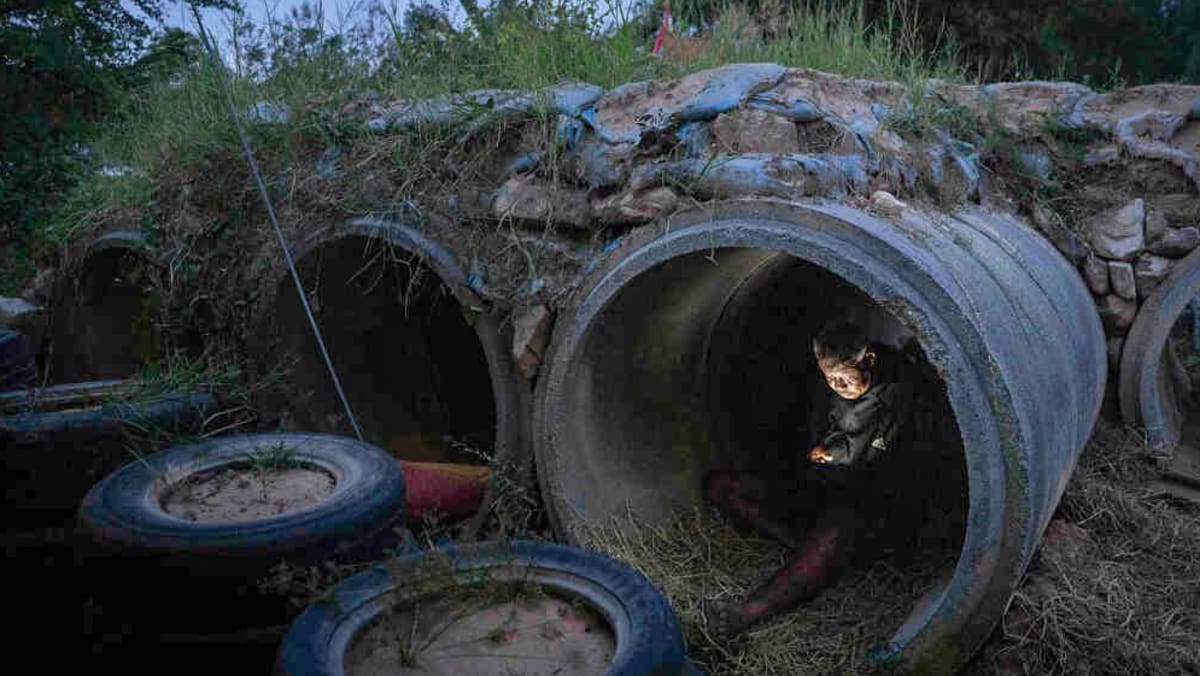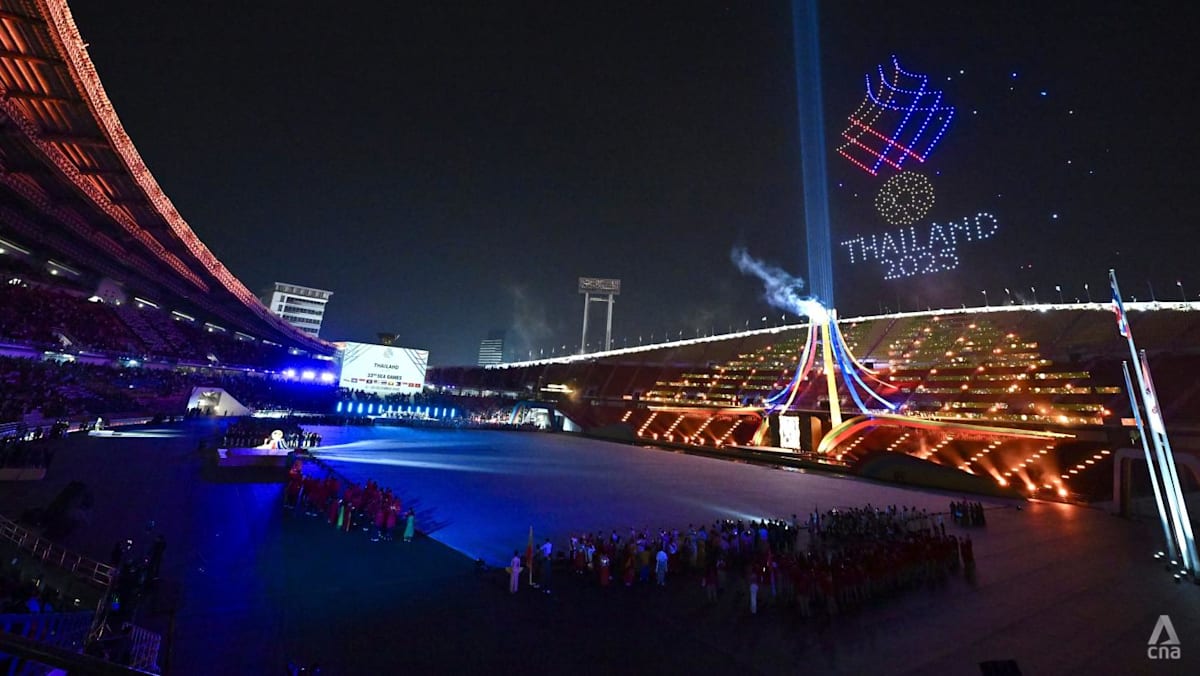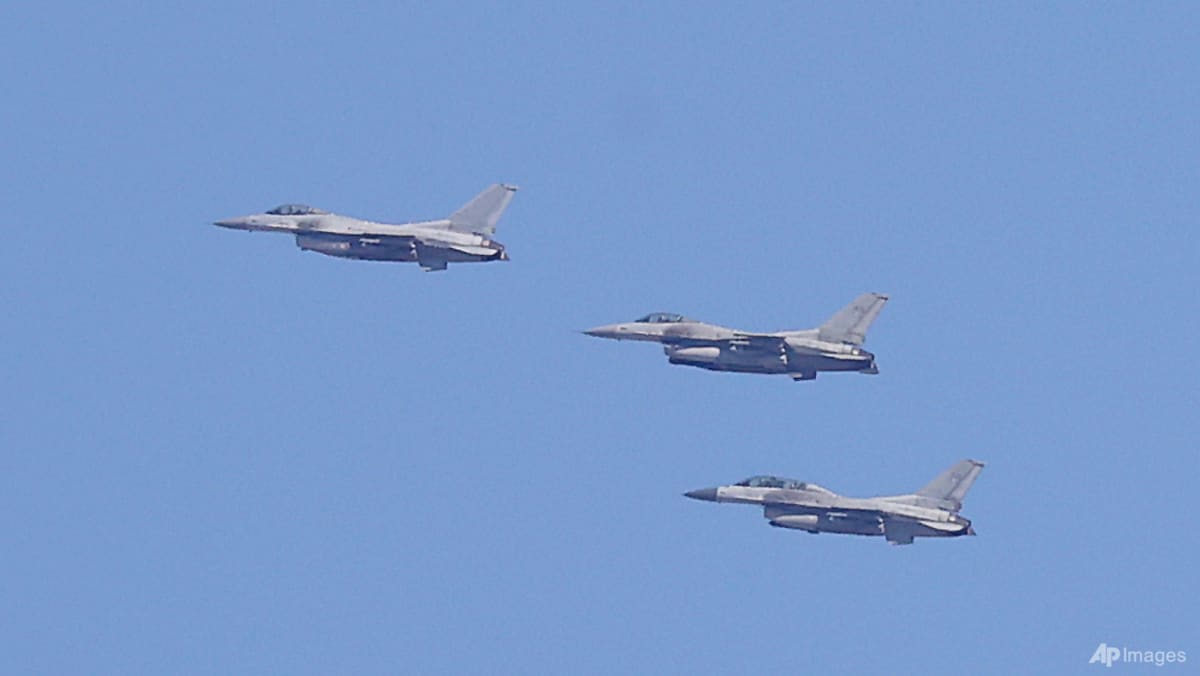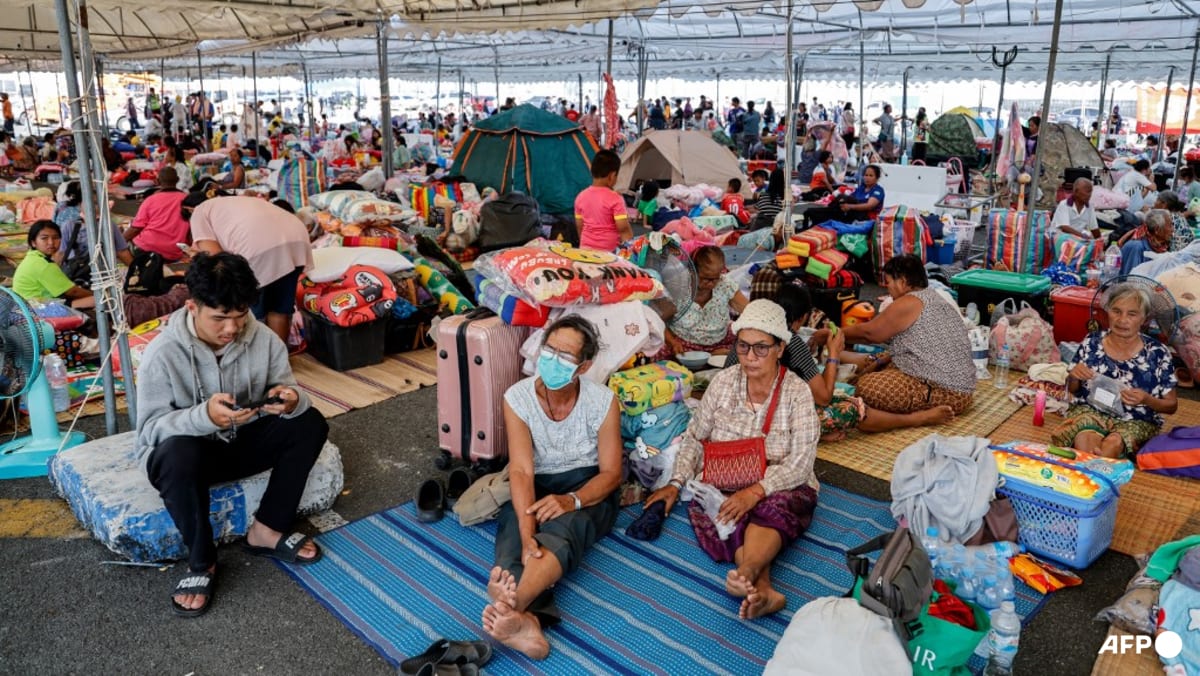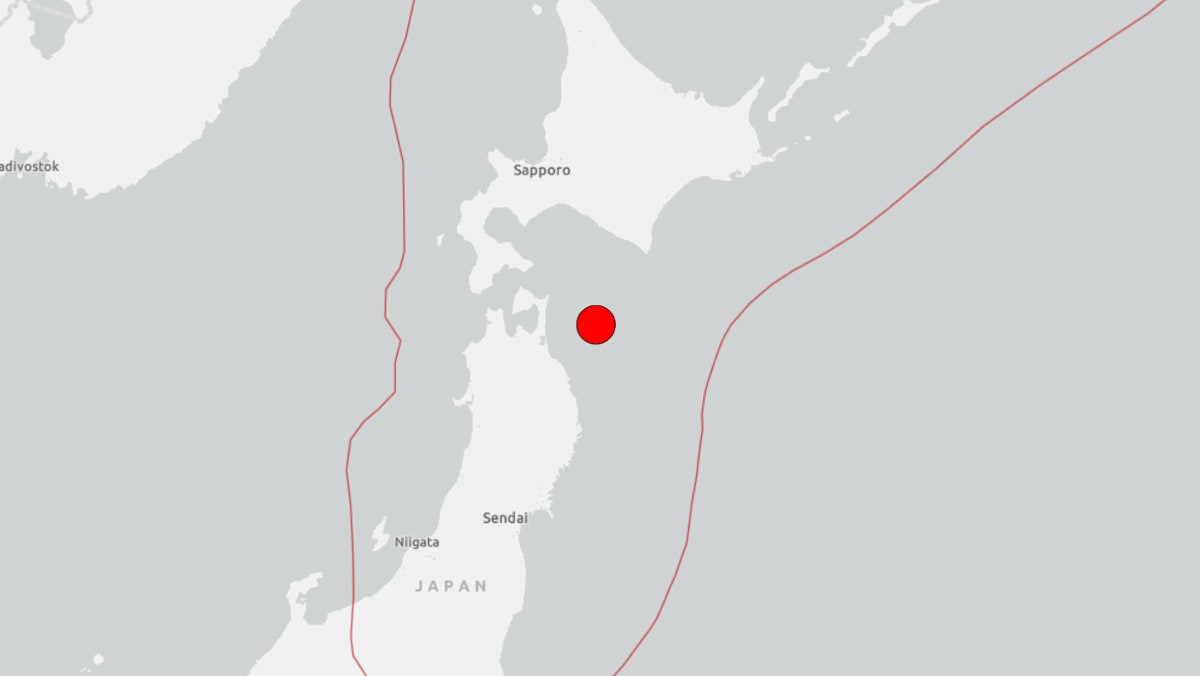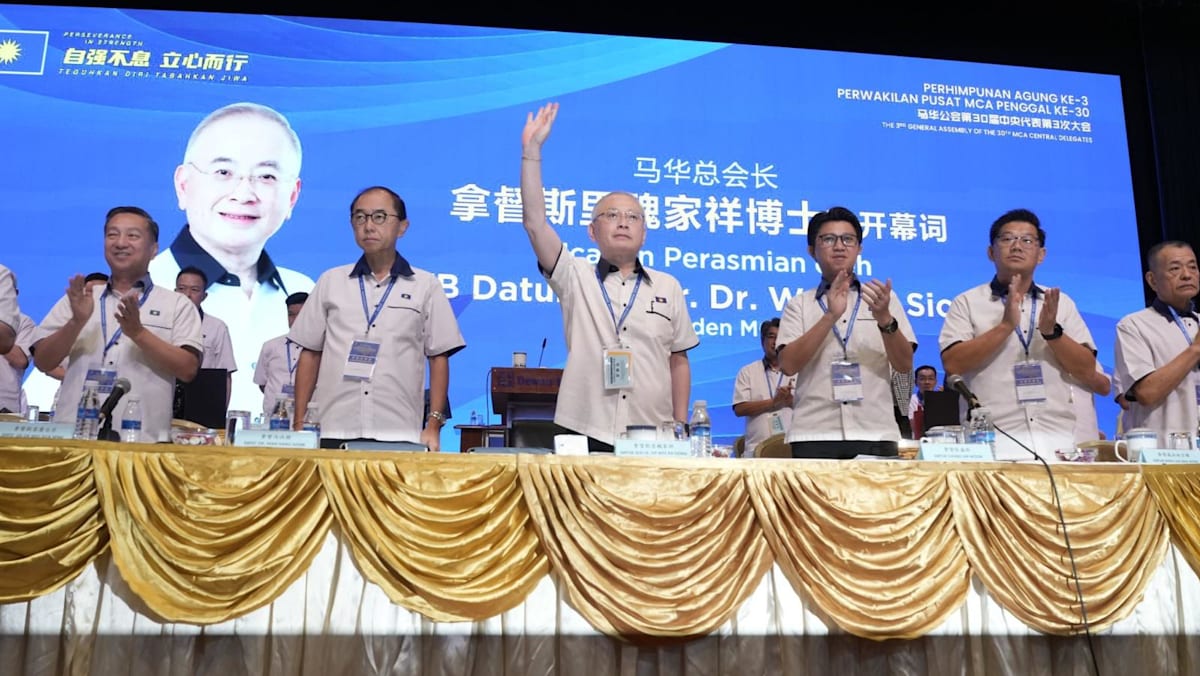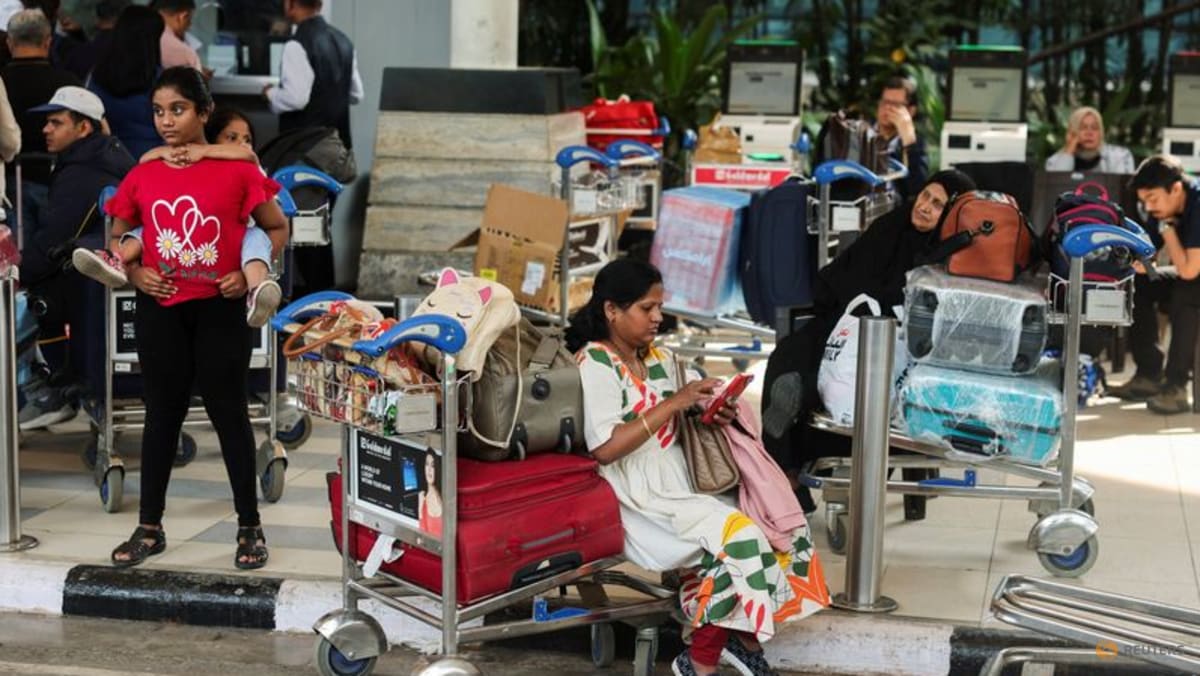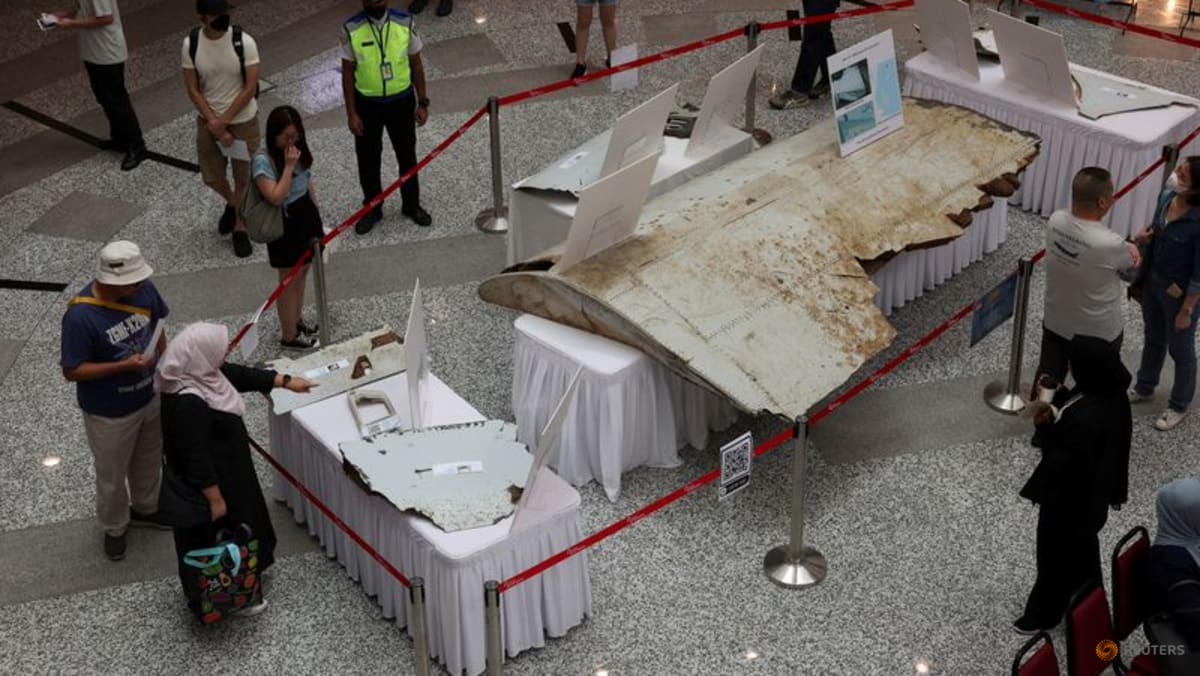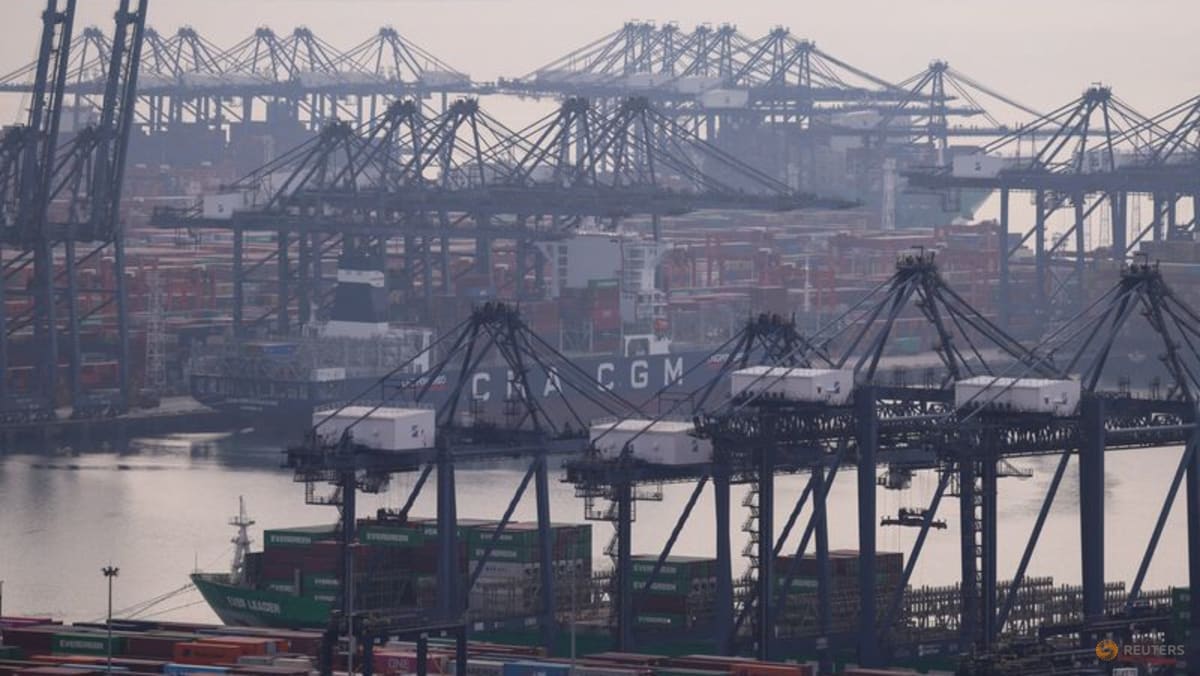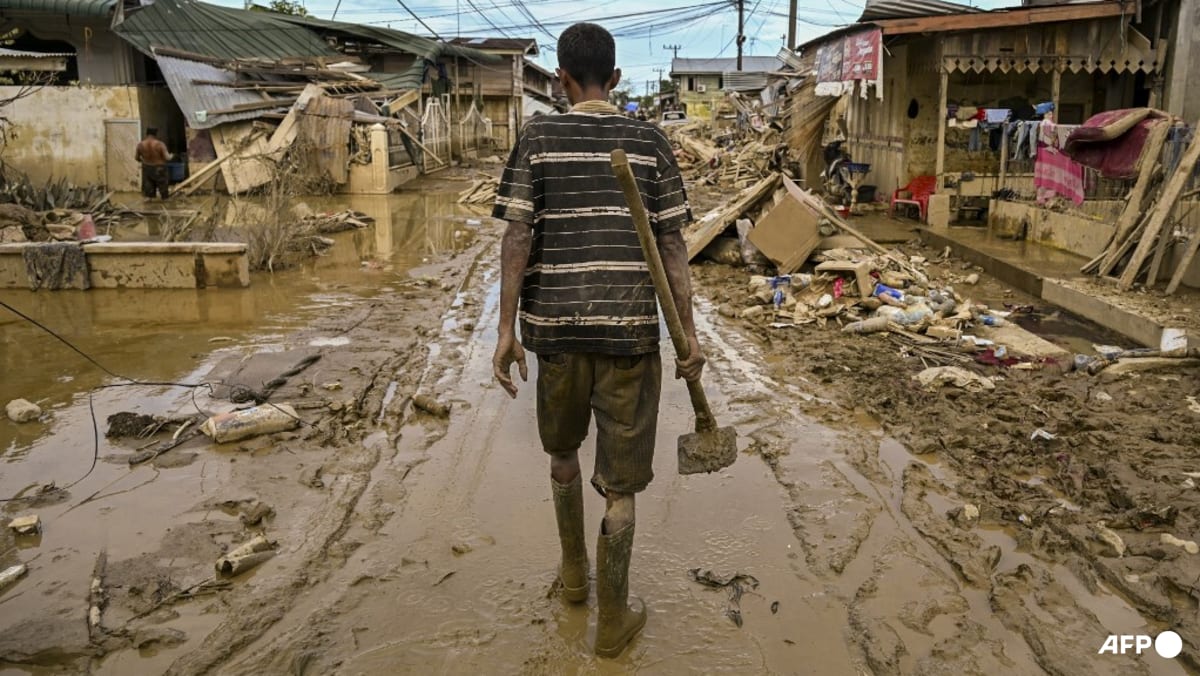China’s warships gift and funding naval base in Cambodia: Could it put regional dynamics in choppy waters?

Beijing claims almost all of the South China Sea as embodied in its so-called nine-dash line, although it has never precisely defined what it means. This assertion is at odds with the maritime claims of several Southeast Asian nations such as Malaysia, the Philippines and Vietnam.
Dr Abdul Rahman from the Lowy Institute notes that from a military and tactical perspective, it would not be practical for China to operate from Ream to maintain a presence in regional waterways like the South China Sea or the Strait of Malacca.
“(China) already operates several military bases in the South China Sea, most of them built on artificial islands. These bases, serving as regional launchpads, would play a far more significant role than the Ream naval base,” he said.
“Moreover, the Ream naval base is just 30 kilometres from a cluster of Vietnamese military facilities. It wouldn’t make sense for China to conduct tactical operations there, as it risks compromising sensitive information or allowing the Vietnamese to interdict or block its vessels.”
China’s broader aim in establishing a military presence using the base in Ream is to prevent the formation of a unified regional front against its territorial claims in the South China Sea, according to Dr Abuza from the National War College.
“China’s presence there allows it to focus on Vietnam, which has overlapping claims with Beijing in the disputed waters,” he explained. “Additionally, it reinforces China’s dominance over Cambodia, making the country increasingly dependent on Beijing – not just economically, but militarily as well.”
China is Cambodia’s largest bilateral donor, lender, investor, and trading partner, according to an ISEAS-Yusof Ishak Institute working paper published in March 2023.
China solidified its position as one of Cambodia’s key trading partners with a bilateral free trade agreement that took effect at the start of 2022. The pact removes tariffs on 90 per cent of Chinese exports to Cambodia and 97.53 per cent of Cambodian exports to China.
Over the past five years, Cambodia’s exports to China have grown at an annual rate of 10.2 per cent, rising from US$1 billion in 2017 to US$1.63 billion in 2022, according to government data.
China has also heavily invested in Cambodia’s infrastructure, including airports, roads, and private developments such as hotels and casinos.
Data firm Seasia Stats reports that Cambodia is the fourth-largest recipient of Chinese aid in Southeast Asia, receiving US$17.7 billion by 2024, behind Indonesia, Vietnam and Laos. This includes financial assistance, economic projects, and construction initiatives.
RAISING THE REGIONAL TEMPERATURE?
Analysts are divided on whether growing military ties between China and Cambodia will heighten tensions in the region. Some believe so – particularly with Vietnam, and to a lesser extent, Thailand.
Dr Abdul Rahman noted that Hanoi will be especially concerned that China is using Cambodia as a strategic lever to exert pressure on its southern border, especially given ongoing disputes in the South China Sea.
“Vietnamese officials view the development of air defence facilities at Ream as a serious security threat, especially if managed by China. Any air surveillance radar installed there could allow Chinese military personnel to track Vietnamese aircraft movements in southern Vietnam,” Dr Abdul Rahman explained.
“Coupled with the possibility of Chinese naval vessels operating from Ream, China could eventually pose a threat to Vietnam from both the north and south.”
Source: CNA



